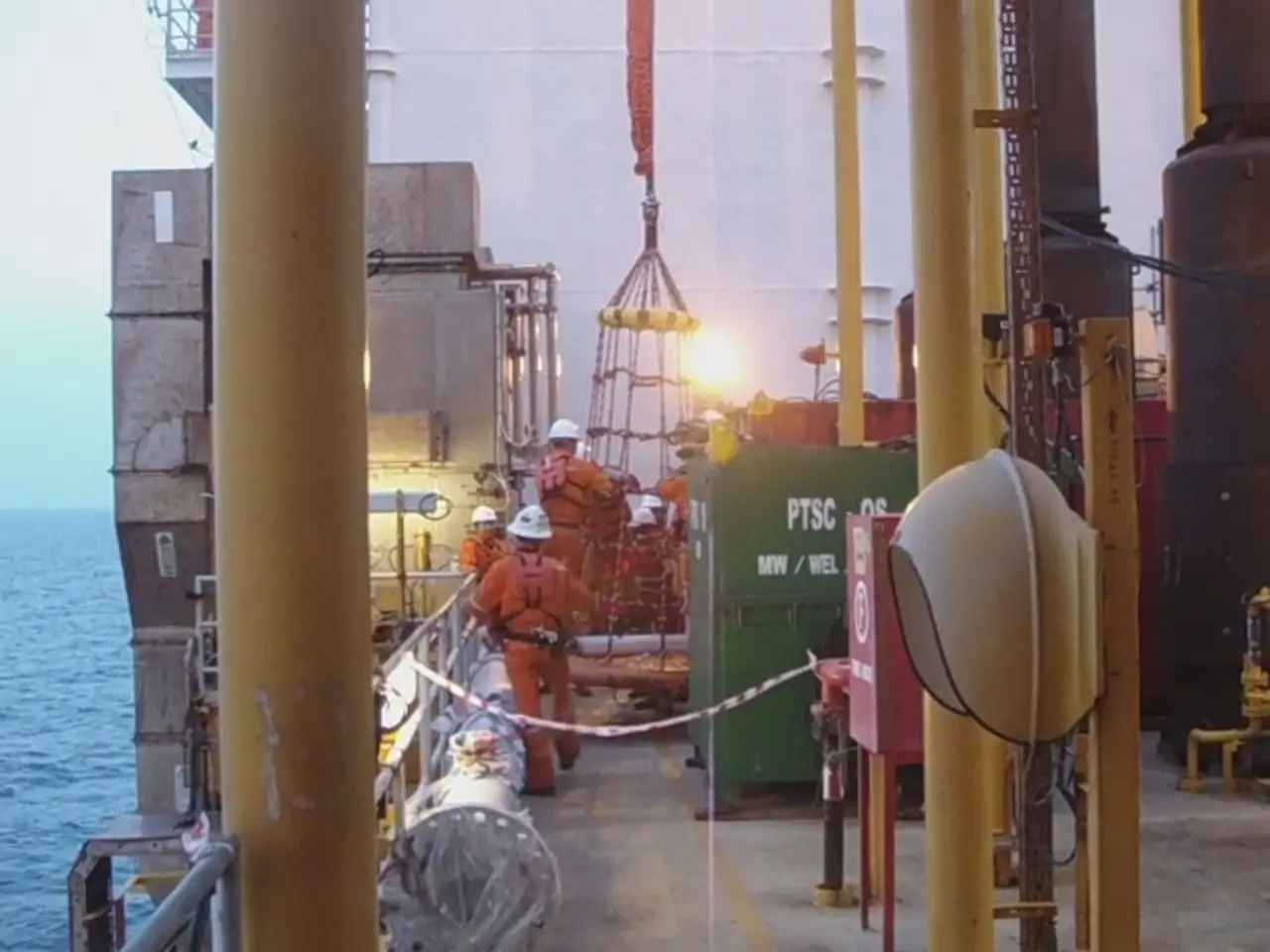Rakesh Sharma Manages Safe Return While Shubhanshu Shukla Ends Up in Ocean - Uncovering the Differences in Their Space Missions
In the realm of space exploration, the choice between ocean landings (splashdowns) and land landings for spacecraft returning to Earth is not a simple one. Factors such as spacecraft design, logistics, safety calculations, and national strategy all play a role in this decision.
Recent events have highlighted the differences between these two landing methods. For instance, chunks of a discarded Dragon trunk were found across remote areas of Australia and Canada earlier this year, following an ocean landing. Fortunately, no one was harmed in this incident.
On the other hand, some spacecraft, like those used by Russia and China, have preferred land landings for decades. These capsules come down in vast and controlled stretches of wilderness, such as Kazakhstan or Inner Mongolia.
The benefits of land landings are numerous. They offer easier recovery, lower costs, and no need for naval support. However, landing on solid ground is more complex than it may seem. For example, Boeing's Starliner landed at the White Sands Space Harbor in New Mexico in 2024, but this required precise location targeting and ground recovery forces.
Historically, U.S. missions like the Apollo program ended with spacecraft splashdowns in the ocean. For example, Apollo 11 landed in the Pacific Ocean west of Hawaii. SpaceX’s Crew Dragon capsules have also used Atlantic Ocean splashdowns near Florida for crewed missions returning from the International Space Station (ISS), supporting rapid recovery and refurbishment.
Spacecraft design and landing system are crucial factors in the choice between splashdown and land landing. Capsules designed with heat shields and parachutes can land safely in water or on land, but those optimized for ocean landing include flotation devices and water-resistant components.
The choice of landing site on land considers terrain safety, weather conditions, and proximity to recovery teams to ensure astronaut safety. Splashdowns mitigate the risk of hard impact but expose astronauts to water exposure.
The return of Wing Commander Rakesh Sharma, India's first man in space, was a dramatic affair. In April 1984, he landed in the sprawling and marshy fields of Arkalyk in Kazakhstan aboard the Soviet Soyuz T-10 capsule. His descent was noisy and turbulent, with a loud noise from the parachute opening.
In contrast, Indian astronaut Group Captain Shubhanshu Shukla's return from a successful space mission was smoother. He landed safely in the Pacific Ocean near California aboard a SpaceX Dragon capsule.
As we look to the future of space travel, it's clear that the challenge of returning to Earth remains. Whether astronauts return to land or sea mainly depends on their spacecraft’s capabilities, historical precedent, recovery infrastructure, and safety considerations. Both methods offer their own advantages and challenges, but the safety and well-being of the astronauts remain the top priority.
Science and technology have been shaping the decisions in space exploration, with the choice between ocean landings (splashdowns) and land landings for spacecraft returning to Earth being a complex one, influenced by factors such as spacecraft design, logistics, safety calculations, and national strategy. For instance, ocean landings, like SpaceX’s Crew Dragon capsules that splashdown near Florida, offer rapid recovery and refurbishment, but expose astronauts to water exposure. On the other hand, land landings, such as those used by Russia and China, offer easier recovery, lower costs, and no need for naval support, but landing on solid ground requires precise location targeting and ground recovery forces, as demonstrated by Boeing's Starliner landing at the White Sands Space Harbor in New Mexico. The future of space travel will continue to be shaped by the advancements in these technologies, as well as the considerations of safety, cost, and infrastructure.




